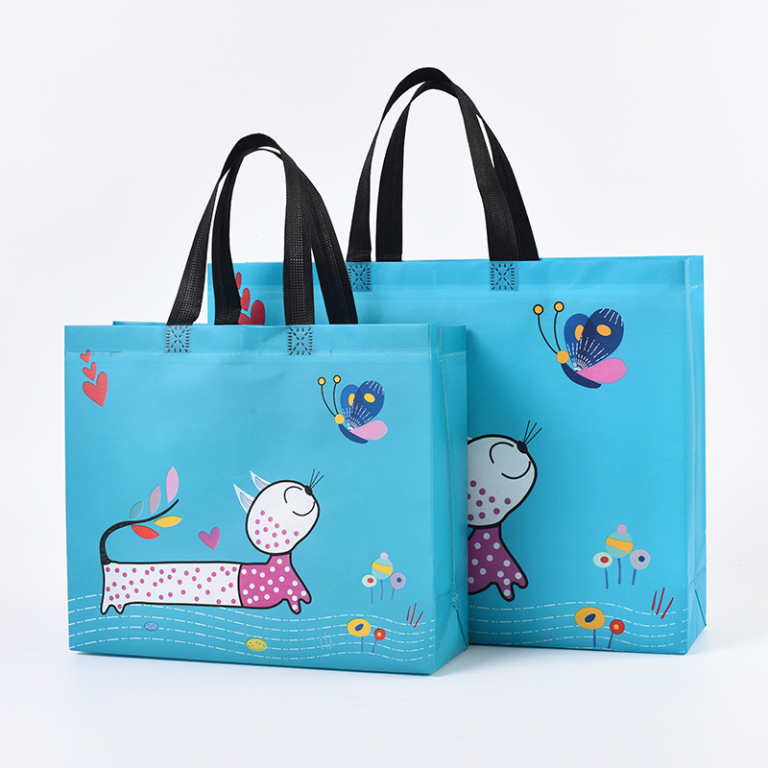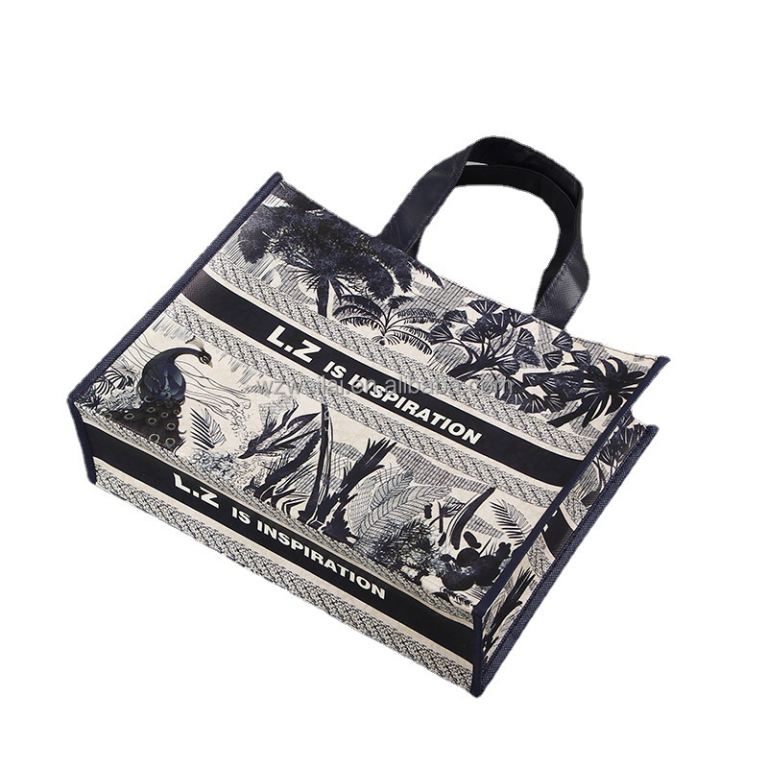Pros and Cons of Polypropylene Fabric
Polypropylene fabric, made from the thermoplastic polymer polypropylene, has become a popular choice in various industries due to its unique properties. In this comprehensive analysis, we will examine the pros and cons of polypropylene fabric, shedding light on its advantages and potential drawbacks.

Pros:
- Durability: Polypropylene fabric is known for its exceptional durability. It is resistant to wear and tear, making it ideal for applications that require a long lifespan.
- Lightweight: Polypropylene fabric is lightweight, making it comfortable to wear or use in various settings. It is particularly advantageous for products like sportswear or backpacks, where weight is a crucial factor.
- Water-Resistant: Polypropylene fabric has excellent water-resistant properties. It repels moisture, keeping the fabric dry and preventing water penetration. This makes it suitable for outdoor applications, such as camping gear or protective covers.
- Stain-Resistant: Another advantage of polypropylene fabric is its resistance to stains. This feature makes it easy to clean and maintain, ensuring the fabric’s longevity and appearance.
- Breathability: Polypropylene fabric is breathable, allowing air to pass through easily. This breathability helps regulate moisture and temperature, keeping the wearer cool and comfortable. It is particularly useful in applications like activewear or medical textiles.
- Chemical Resistance: Polypropylene fabric demonstrates excellent resistance to many chemicals, making it suitable for applications where exposure to potentially harmful substances is a concern.
Cons:
- UV Degradation: One of the potential drawbacks of polypropylene fabric is its vulnerability to UV radiation. Prolonged exposure to sunlight may cause the fabric to degrade over time. However, this can be mitigated by incorporating UV inhibitors or using suitable coatings during the manufacturing process.
- Low Heat Resistance: Polypropylene fabric has a relatively low melting point compared to other materials. It can be susceptible to heat damage and deformation if exposed to high temperatures. Care must be taken to avoid contacting hot surfaces or excessive heat exposure when using polypropylene fabric.
- Lack of Softness: Polypropylene fabric is not as soft as some other materials. While suitable for many applications, it may not offer the same level of softness or comfort as natural fibers like cotton or silk.
- Static Build-Up: Polypropylene fabric can generate static electricity, especially in dry environments. This may cause discomfort or create potential hazards in certain situations. The use of anti-static treatments can help reduce static build-up.
- Environmental Impact: Although polypropylene fabric is recyclable, its production involves the use of fossil fuels. Proper disposal and recycling practices must be followed to minimize its environmental impact and maximize its potential for reuse.

In conclusion, polypropylene fabric offers numerous advantages, such as durability, lightweight, water and stain resistance, breathability, and chemical resistance. However, it is important to consider potential drawbacks, including UV degradation, low heat resistance, lack of softness, static build-up, and its environmental impact. By carefully evaluating the pros and cons, manufacturers and consumers can make informed decisions about the appropriate applications and best practices for using polypropylene fabric.

Contact us for free sample




